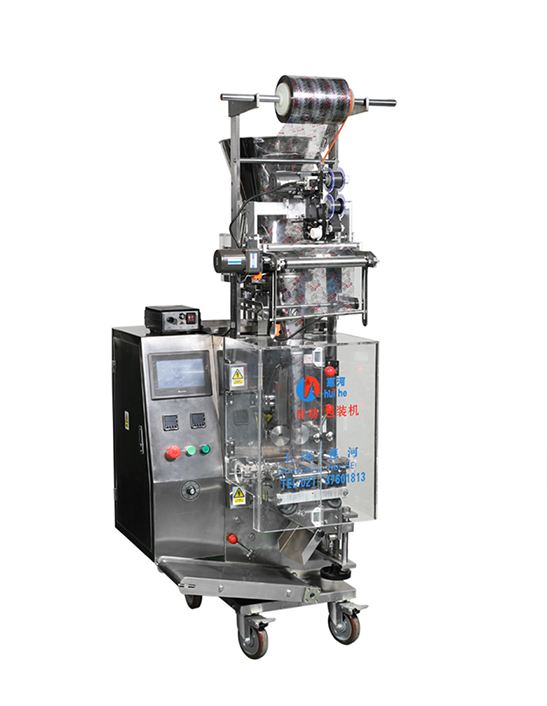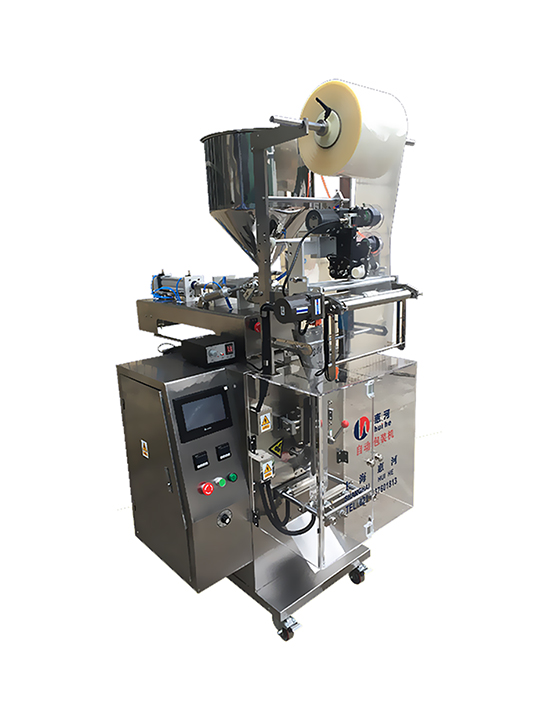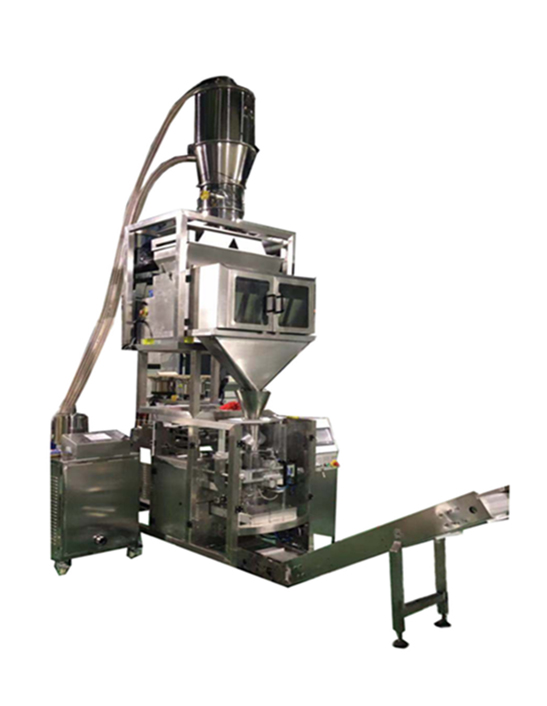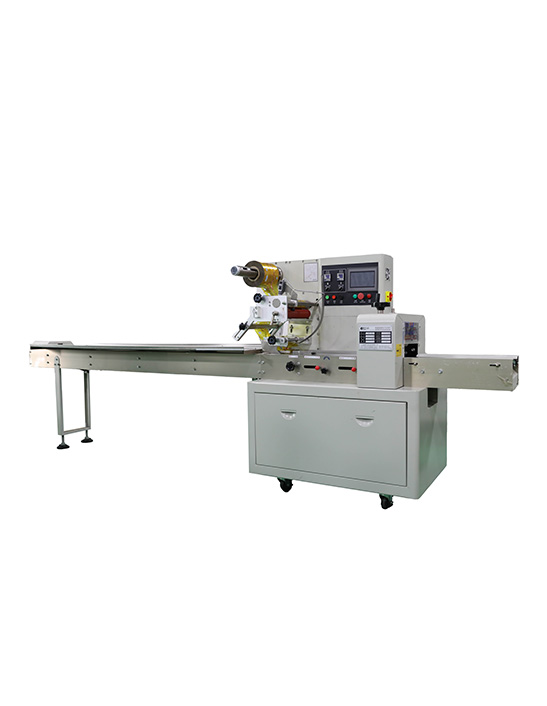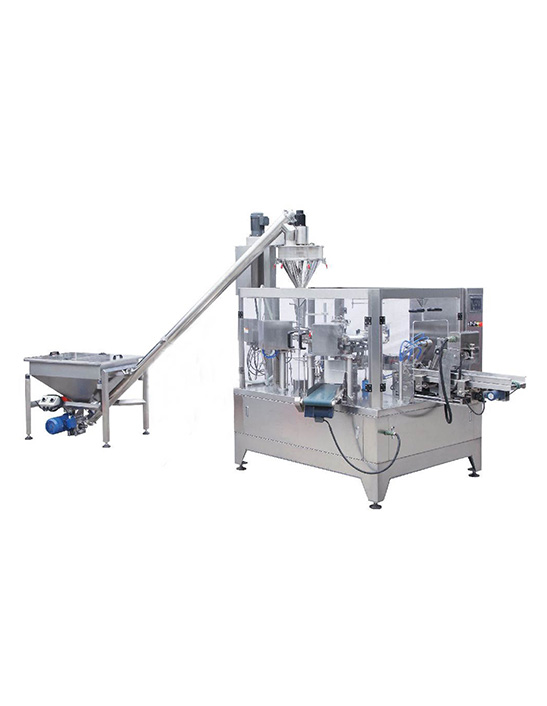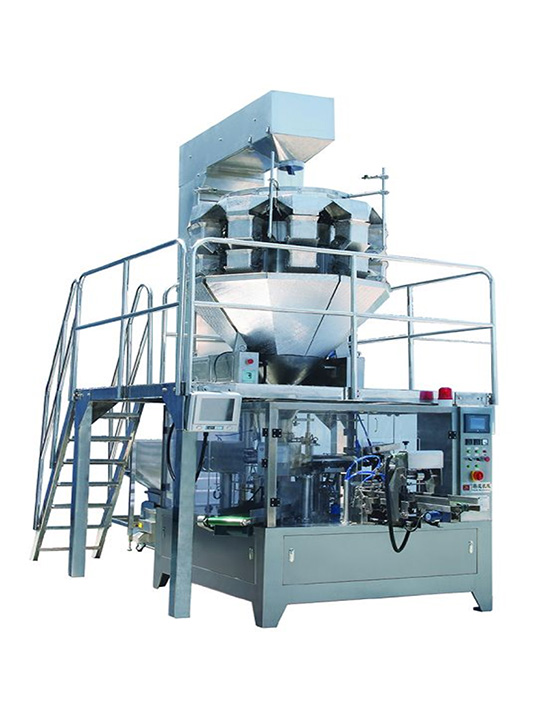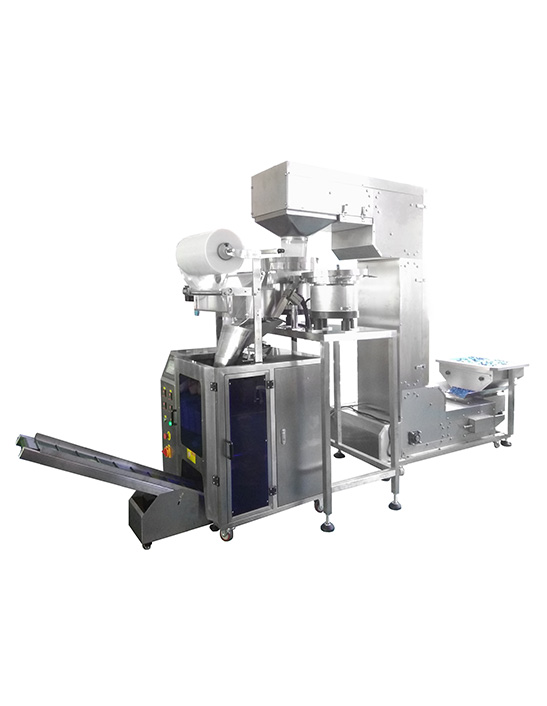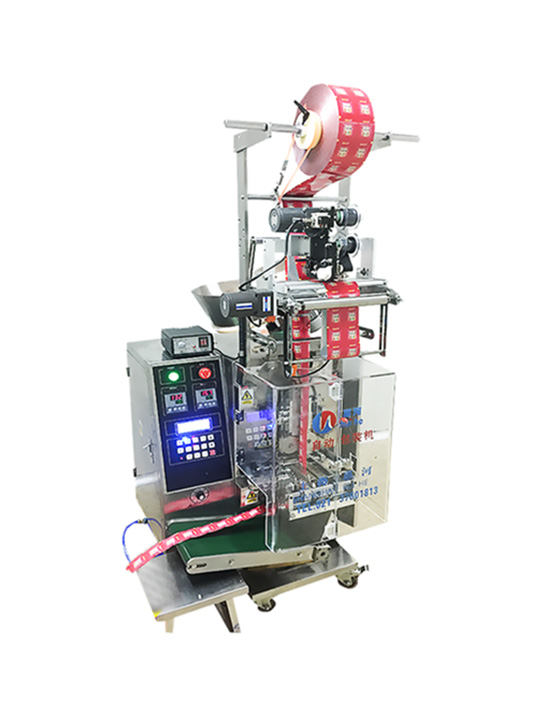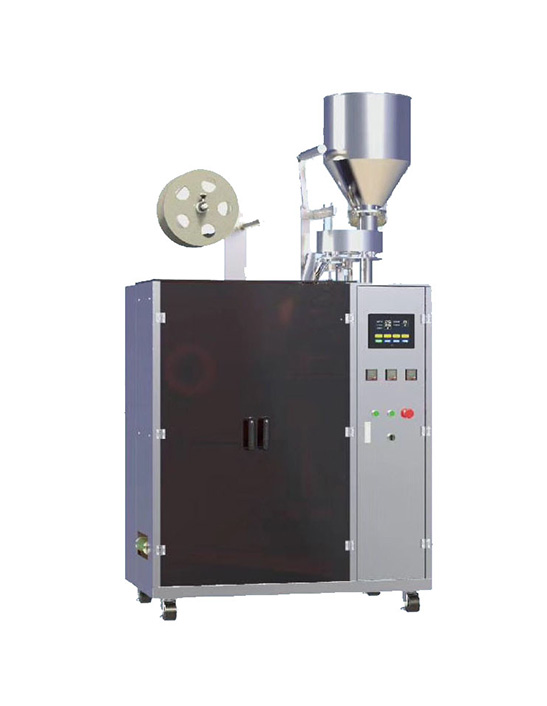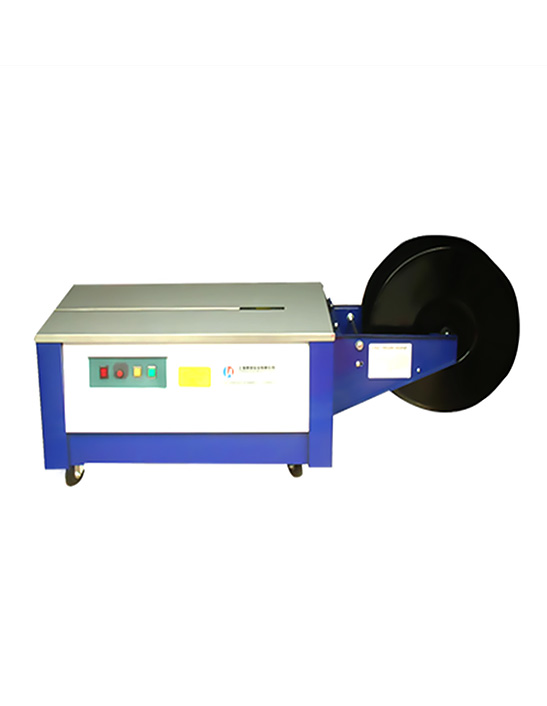How a Coffee Packing Machine Works
01-Dec-2022
To properly pack coffee, you need an advanced packaging machine. These machines produce high-quality packages with precise dimensions. Each package must be adapted to the product it is packaging. For example, granulated coffee beans are packaged differently than soluble or powdered ones. Likewise, servings for inserting into a coffee machine should be packaged differently than single-serve coffee beans.
Coffee packaging machines are available in a variety of sizes and shapes. Some are designed to produce small pouches, while others can form retail-size 12-oz. packages and as large as 3 kg bags. It's important to find a versatile machine that forms different bag configurations, such as backfin bags and corner seal bags.
A coffee packing machine contains a filter forming module, which cuts small discs of filter paper. A servo-driven auger then deposits the right amount of coffee beans into each pod. Once the first fill cycle is complete, the machine sends the filled pods through a band sealer or vacuum bag sealer to ensure freshness. The operator then prints date codes and trims the bag tops to complete the packaging process.
A coffee packaging machine should have the ability to produce single-serve bags that hold coffee grounds. The bags should also be able to handle varying sizes. Whether the coffee is ground, roasted, or drip-brewed, coffee beans are packed in a variety of sizes and shapes. For retail packaging, coffee beans are typically packaged in a 1.5 to five-lb. bag, while wholesale coffee beans are usually repackaged into a five to 50-lb. bag. A coffee packing machine may have many different parts. A sample includes a vibratory net weigh bag filler and an APM Model VBS 3/8 bag band sealer. A pallet stretch wrapper and a robotic palletizer are also available.

 英语
英语 西班牙语
西班牙语 简体中文
简体中文